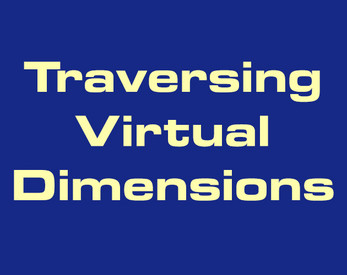Welcome to the first post in my research blog.
I am studying the aesthetic qualities of digital games (a.k.a. video games), some of which are distinct to digital media, in order to better analyze the development and history of this relatively new art form.
Digital game history tends to be treated as a timeline of technological achievements or market dominance. Games are stratified into eras based on the types of microprocessors they use: 8-bit, 16-bit, 32-bit, and 64-bit generations. Game evolution is noted by ever-increasing computing power and display technology. Digital games are now a deeply ingrained part of modern culture, but they are still treated as technical artifacts.
How do we instead talk about digital games as aesthetic objects? Much of game discourse focuses on cultural and social aspects of games. Discussions of a game's aesthetics tends to focus on its graphics (all too often with comparisons to cinema or animation). Technologies, stylistic choices, and ludic conventions spurred the development of new aesthetic principles and conventions to define the microworlds of video games, yet we don't have a robust set of terminology to talk about them. Can our traditional methods of art history serve this new media, or do we need a new lexicon to study and discuss their unique aesthetic qualities and cultural contexts?
An early effort in my analysis of the earliest avatar control methods and ensuing "cyberkinaesthesia" that results from them can be found in my interactive project, Traversing Virtual Dimensions (after which this blog is named). Click below to launch in browser:
 |
| Click to launch this project on itch.io |




No comments:
Post a Comment